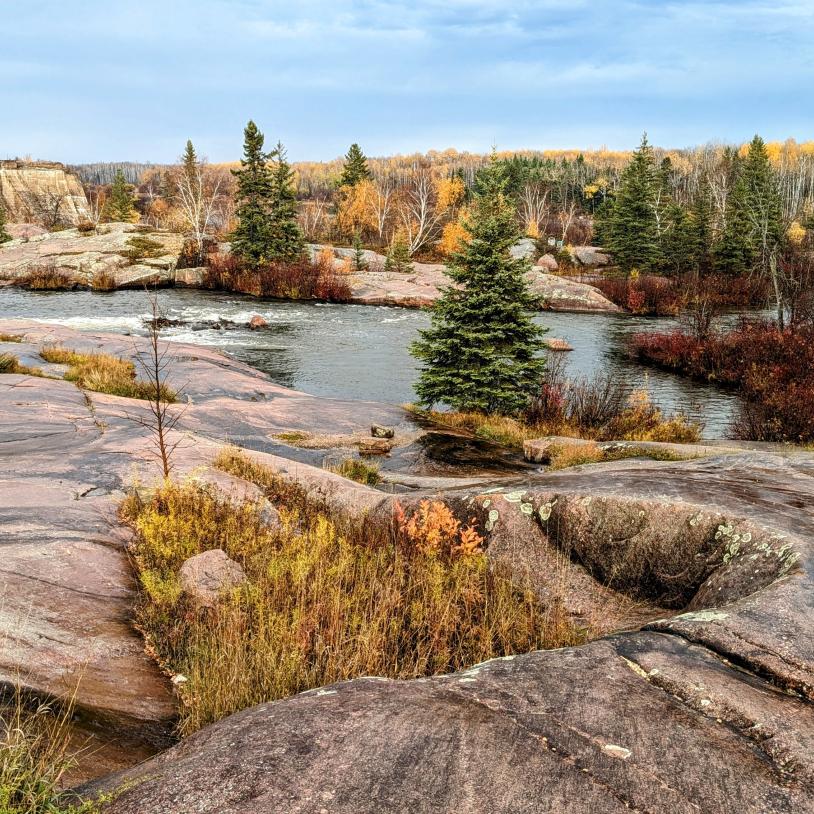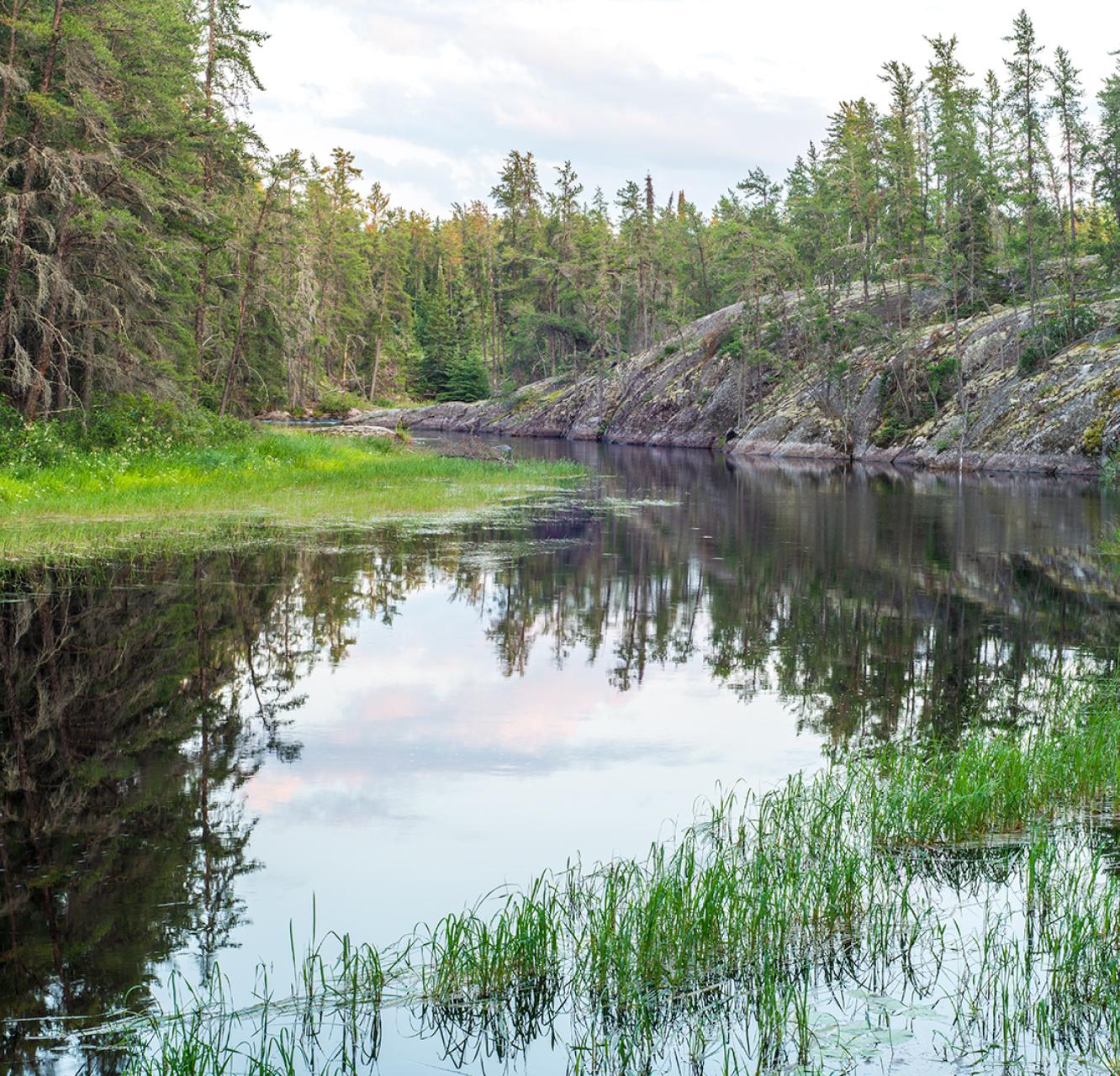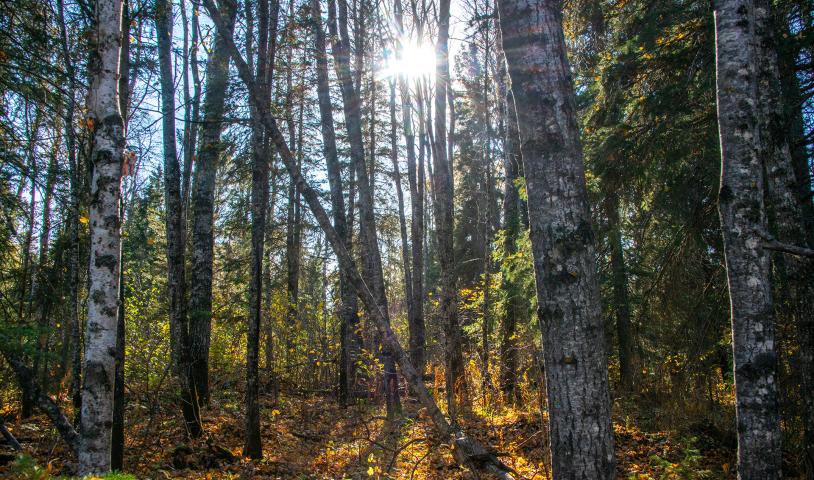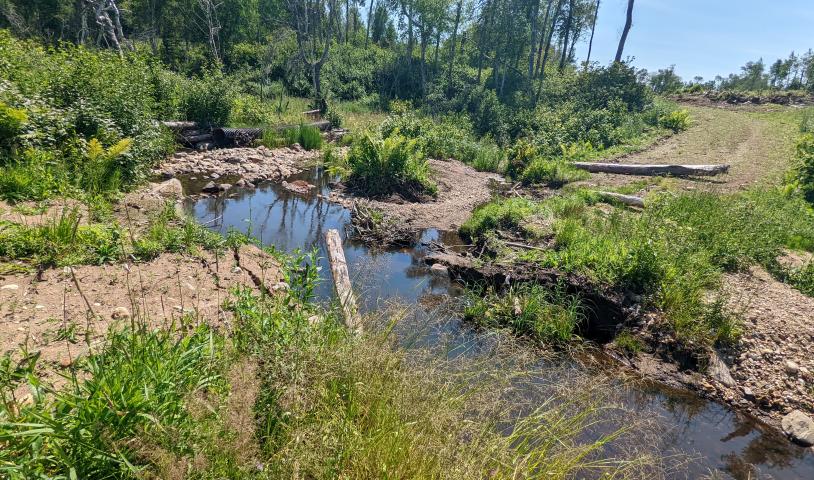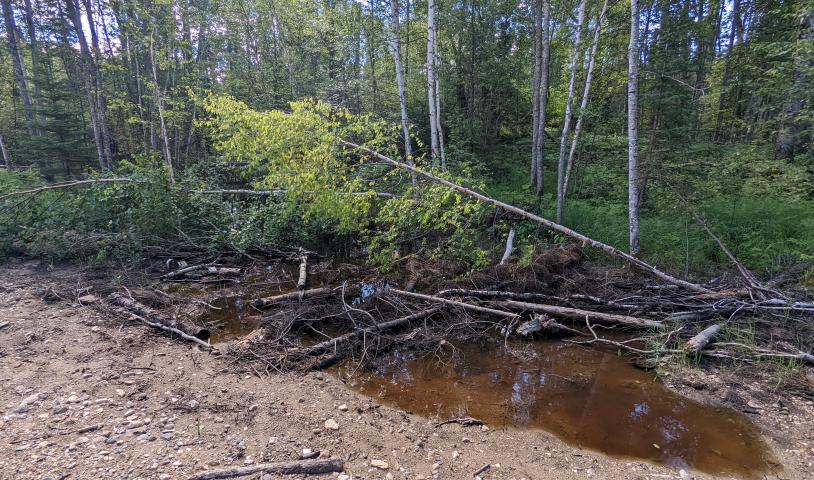Hydro chooses route for new power line
Tuesday, August 17, 2010
West-side choice evokes more controversy
Manitoba Hydro chose a route Thursday for its massive new power line, but already some First Nations -- and even a few rural politicians -- are balking at the $2.2-billion project.
Southern Grand Chief Morris Swan Shannacappo was en route Thursday to Winnipeg for an emergency chiefs meeting to discuss the new route down the west side of the province to Winnipeg.
At least three First Nations -- Long Plain, Dakota Plains and Sandy Bay -- have already hired a lawyer to fight Bipole III unless they are properly consulted and compensated for impacts on their traditional land. "No one has set foot in my band office yet to talk about this," said Sandy Bay Chief Russel Beaulieu. "We have our lawyers lined up."
Shannacappo said Hydro has made billions of dollars over the years on land belonging to First Nations. Until an environmental audit is done on the impact Hydro has had on southern bands, Shannacappo said, the chiefs won't negotiate on the power line.
That could mire the NDP government in exactly the kind of quicksand it was hoping to avoid when it forced Manitoba Hydro to abandon a plan to build down the pristine east side of Lake Winnipeg in favour of the more developed western edge of the province.
"What this does is illustrate that no matter what side you build on, you'll have hurdles," said Tory Leader Hugh McFadyen, whose party has hammered the NDP on the extra cost and length of the west side route.
After months of public meetings on three possible routes, Hydro announced Thursday it had settled on one that runs from the dams in northeastern Manitoba, south of Thompson and The Pas, to the east of the Porcupine Forest Reserve and Duck Mountain Provincial Park and then along the western shores of Lake Manitoba. Near the town of St. Claude, it takes a sharp turn east and runs south of Niverville to Winnipeg's east side. Hydro says it's the shortest route with the least impact on agriculture. About a third of the 1,350-kilometre route will tower over private land.
Hydro is now beginning negotiations with 1,000 farmers and ranchers over compensation. With a property acquisition budget of $37 million, Hydro will be offering as much as 135 per cent of the assessed value of each 66-metre-wide parcel upon which the towers will be built.
Besides landowners and 15 First Nations, Hydro will also need to lobby 18 rural municipalities and nine towns for their support.
At least three RMs -- Grey, Macdonald southwest of Winnipeg and Westbourne on the southwestern tip of Lake Manitoba -- have already passed resolutions opposing the power line through their municipalities.
Westbourne Reeve David Single said the power lines will be a nuisance to farmers forced to seed and plow around them.
More than that, the RM is worried about the cost to Manitobans, the power lost on a longer line and the impact on productive land on the west side.
"It's just stupid, really," said Single. "It should go down the east side, not the west side."
The route is about 500 kilometres longer and hundreds of millions of dollars more expensive than the original route down the east side of Lake Winnipeg, where the province plans to turn the untouched boreal forest into a UNESCO World Heritage Site.
Several bands on the east side are firmly opposed to a power line through their traditional lands. Building there would likely spawn a huge political and legal battle and the wrath of American environmentalists already skeptical of Hydro's clean power.
Finance Minister Rosann Wowchuk said the line is vital to the reliability of Manitoba's power supply and to exports, which could generate billions in revenue.
The challenges on the east side and the benefits of a globally recognized boreal forest outweigh any hurdles on the west side, she said.
Hydro spokesman Glenn Schneider said the company has tried repeatedly to contact and meet with bands on the west side and will try again now that a route has been chosen.
Power line timeline
August -- Public consultations on the chosen route, with open houses and community meetings to be announced.
Early 2011 -- Exact route finalized.
June, 2011 -- Environmental impact assessment submitted for approval and licensing.
Fall 2012 -- Construction starts
Mid-2017 -- In service
Green fears
The power line avoids big provincial parks, and most environmentalists are pleased with the route. But there are a couple of lingering worries.
Caribou: The route runs through a couple of known ranges belonging to probably the most majestic threatened species in Manitoba's hinterland. Hydro has specifically avoided areas around the Wuskwatim dam where caribou are known to linger, and more data is being collected to make sure the herds are bypassed as much as possible.
Skinks and butterflies: Two species with critical habitats along the route, including little lizards called skinks, need watching. Hydro thinks it can mitigate any damage to habitats by protecting vegetation or planting new.
The Saskatchewan River Delta: The Wilderness Committee is eyeballing the lowland grass plains and bogs near The Pas, which it calls a conservation hot spot known as a key migratory bird breeding and staging area.
Tom Lamb Provincial Wildlife Management Area: Located near The Pas, it's a big breeding and staging area for waterfowl and a habitat for moose, wolves, beavers and black bears. The line bisects its western corner.
